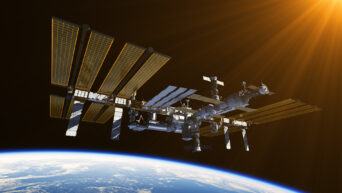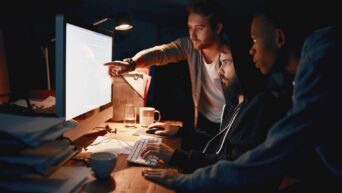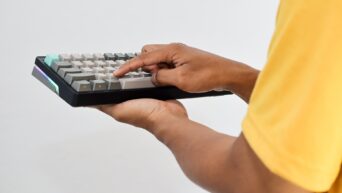
Credit: NASA
Break out the hot dogs, because this thing is fiery.
Yesterday afternoon, a colossal roar shook the hills of Promontory, Utah. No, it wasn’t the Beast of Yucca Flats, funny as that would’ve been. In actuality, this rolling thunder was manmade: it was NASA’s new experimental rocket booster, firing its first test shot.
These experimental boosters, currently named Flight Support Booster-1 (hopefully a provisional name, because they need a cooler one) are, in NASA’s words, “the largest, most powerful boosters ever built for flight.” While currently in experimental stages, NASA is hoping these gargantuan fire breathers can be the vital component they need for their Space Launch System, a new initiative that intends to create a viable back-and-forth travel system between the Earth and the surface of the Moon. The SLS is a part of the ongoing Project Artemis, which is pouring millions of dollars into a new, fully-crewed journey to the Moon for the first time since the 70s.
Ignition! SLS booster static fire test. Two minute test.
Earth's rotation about to get a boost. pic.twitter.com/dig2WbVHPu
— Chris B – NSF (@NASASpaceflight) September 2, 2020
During the test conducted yesterday, the prototype Booster-1 ran for 126 seconds, which is approximately how long a booster-mounted rocket would need to escape the Earth’s atmosphere. During those two minutes, the booster belted out an incredible 3.6 million pounds of thrust, shooting out a massive plume of fire and kicking up a storm of smoke and dessert sand. If anyone had been nearby during the test, they would’ve likely A: gone deaf, and B: gotten a lot of sand in their teeth.
Of course, considering a rocket can weigh approximately 2.2 million pounds, that kind of might is an absolute necessity if NASA wants fast travel to the Moon. The main points of this test fire were to ensure that the booster doesn’t shake itself to pieces, as well as verify the efficiency of their solid fuel. It’s going to be at least a few years before a rocket equipped with Booster-1 can launch, and it doesn’t help that the program is currently way over budget. Part of the process is going to be getting the necessary thrust without spending NASA’s entire net worth. Should be a fun few years, eh?
































